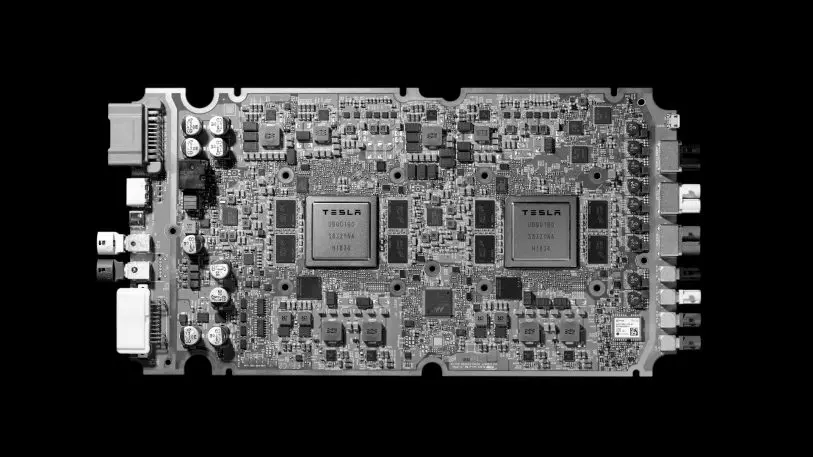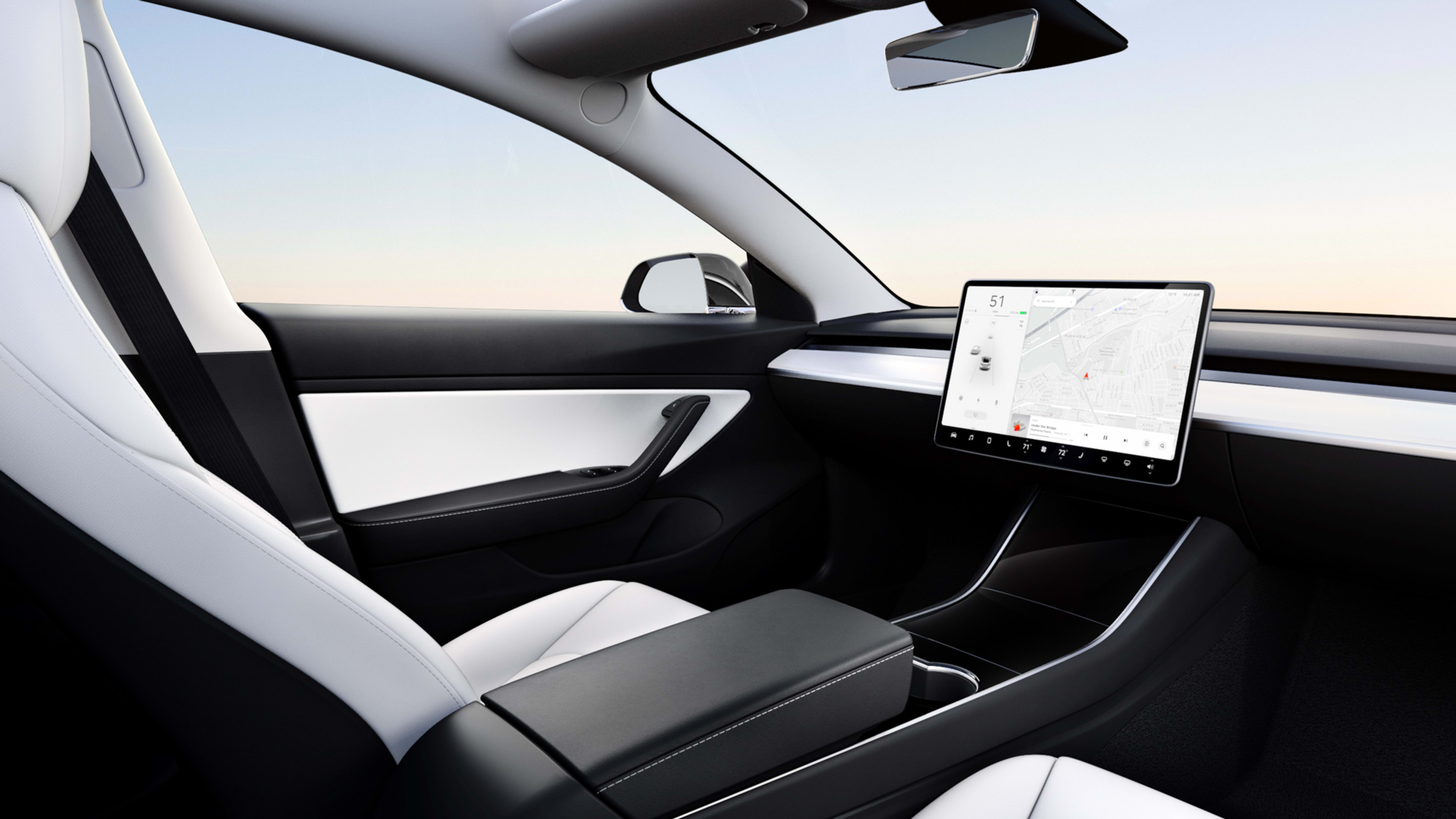The latest Tesla moonshot is a doozy. On Monday, Elon Musk told an audience that Tesla plans to launch a large fleet of “autonomous robotaxis” in 2020. And not just a few: The Tesla CEO said the company planned to have a million of the self-driving vehicles on the road next year.
Musk, however, did provide some caveats. For one, he said the robotaxis wouldn’t be everywhere. CNBC reports that he said “we won’t have regulatory approval everywhere.” As for the ambitious timeline, he explained that “sometimes I am not on time, but I get it done.” But he still repeated the 1 million robotaxi target for some time next year.
As the Financial Times (paywalled) points out, this big autonomous technology push is a necessity for the company; Musk now believes that the only way for Tesla to achieve sustained profitability is by having a growing fleet of robotaxis boosting the bottom line.
Musk, of course, is optimistic about his big self-driving plans. Others aren’t. “The Tesla Network robotaxi plans seemed half-baked, with the company appearing to either not have answers to or not even considered pretty basic question on the pricing, insurance liability, or regulatory and legal requirements,” said Cowen’s analyst Jeffrey Osborne in a new note. And though Morgan Stanley analyst Adam Jonas was impressed with Tesla’s presentation—noting that its ability to feed its neural network with a massive real-world dataset sets it apart from competitors—he cautioned that removing the safety driver will “take many years (if not decades) to achieve at high scale.”

To avoid these accidents, Tesla needs to improve its software at an astonishing clip. Cornell computer science professor Bart Selman told Quartz that Tesla may be getting ahead of itself: “In Tesla’s case, a significant reliance on computer vision introduces an extra level of difficulty … It is well known that current computer vision systems can fail in quite unpredictable ways. Having multiple sensors, ideally, including lidar, are therefore critical.”
In other words, Tesla’s updated autonomous driving software needs to iterate and develop to better take into account all of these extraneous inputs. The company, therefore, has a twofold challenge: Not only have the man power and workflow to achieve its ambitious robotaxi goal, but also be sure that the computing powering in it won’t kill people. If the company does launch a million vehicles on the road next year, let’s hope they are all really ready for prime time.
Recognize your brand’s excellence by applying to this year’s Brands That Matter Awards before the early-rate deadline, May 3.
